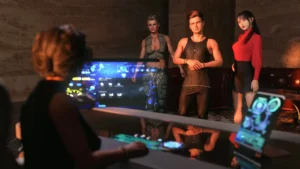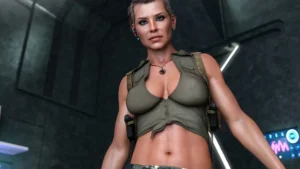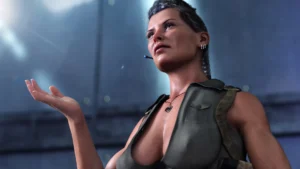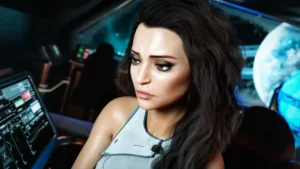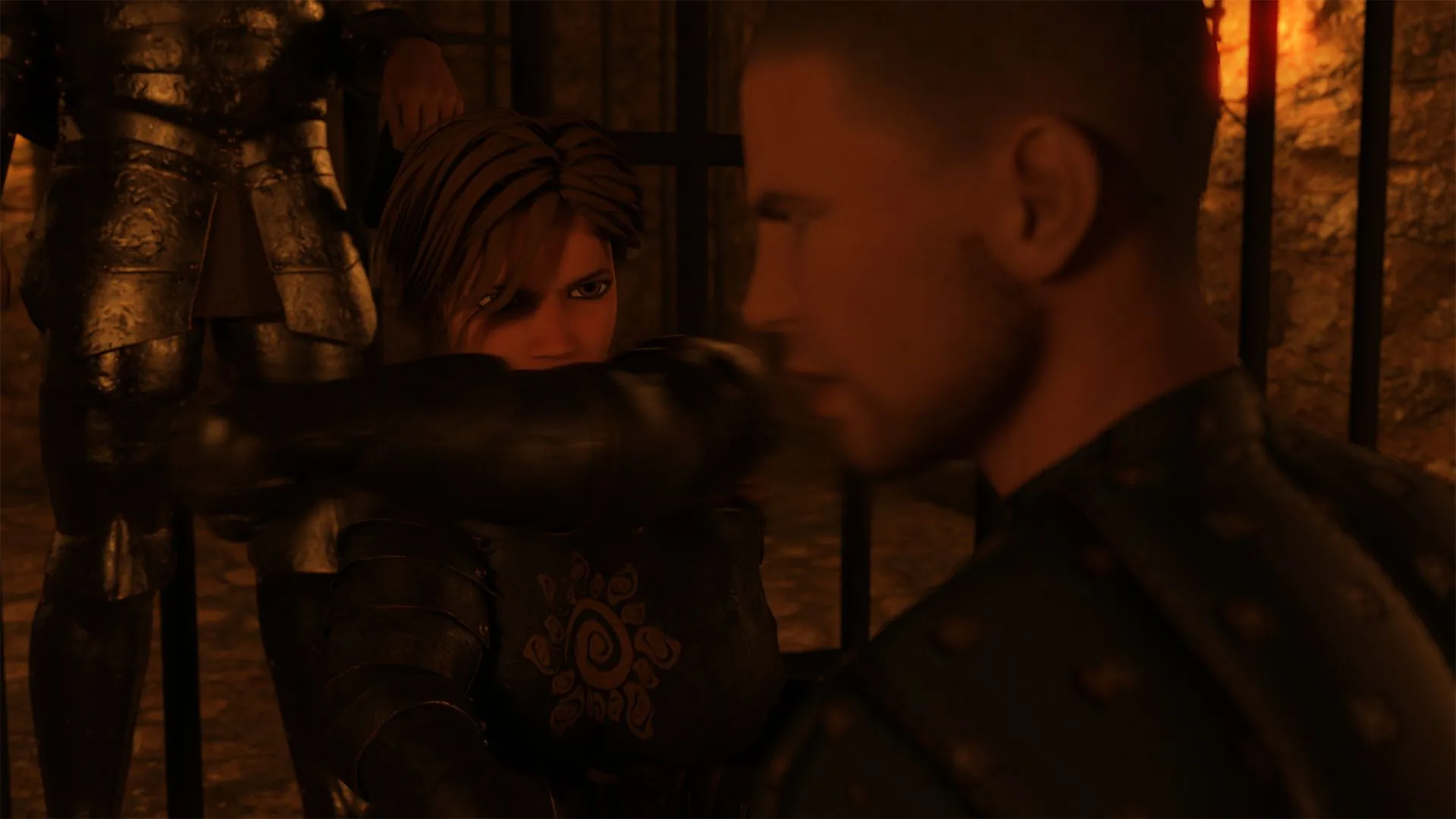
How to Fix the Future
Play How to Fix the Future
How to Fix the Future review
Exploring the World of ‘How to Fix the Future’
In the realm of interactive storytelling, ‘How to Fix the Future’ presents a unique blend of narrative and gameplay. This game delves into themes of technology, society, and personal identity, offering players a chance to explore complex futures. With its intriguing premise, ‘How to Fix the Future’ invites players to engage with its world and characters in a deeply immersive way.
Chapter 1: Understanding ‘How to Fix the Future’
What is ‘How to Fix the Future’? 🤔
Remember that time you were playing a game and made a choice you thought was minor, only to have it completely reshape the world hours later? That’s the heart of “How to Fix the Future”. It’s not your typical run-and-gun adventure; it’s a deep, narrative-driven experience where you are the architect of tomorrow. You step into the shoes of a key figure—a scientist, a diplomat, or even a rogue AI ethicist—tasked with steering humanity away from a looming dystopia. The core promise is simple yet profound: your decisions, both big and small, are the primary tools for future narrative exploration. This isn’t about watching a story unfold; it’s about writing it yourself, one meaningful choice at a time. I remember my first playthrough, where I spent a solid ten minutes debating whether to share a piece of crucial intel with one faction over another, and let me tell you, the repercussions were felt chapters later. It’s that level of depth that makes this game so special.
Gameplay Mechanics and Features 🎮
So, how do you actually play? The “How to Fix the Future” gameplay is a masterful blend of exploration, dialogue, and strategic planning. Forget skill trees based on combat prowess; here, your “stats” are your influence, empathy, logic, and resolve. You navigate beautifully rendered, futuristic hubs, gathering information and building alliances.
The real magic lies in the interactive storytelling. The game features a “Consequence Engine” that tracks every dialogue option, every completed (or failed) mission, and every relationship you cultivate. It’s like a living, breathing web of cause and effect. For instance, choosing to save a research facility from a disaster might grant you a technological edge later, but it could also alienate an anti-tech faction you’ll need for a crucial vote. The “How to Fix the Future” gameplay loop is all about weighing these trade-offs.
Here’s a quick look at some core mechanics:
| Mechanic | Description | Impact on Experience |
|---|---|---|
| Dialogue Web | Non-linear conversations with multiple branching paths, not just simple good/evil options. | Creates authentic, nuanced relationships and unpredictable story outcomes. |
| Relationship System | Your companions and contacts have their own agendas and will react to your choices. | Drives deep **character development in games**, as allies can become adversaries and vice versa. |
| Scenario Planner | A tool to simulate the potential outcomes of your major decisions before you commit. | Adds a layer of strategic thinking and reduces frustration, making the **”How to Fix the Future” gameplay** more engaging. |
Pro Tip: Don’t be afraid to make “bad” decisions. Some of the most compelling narrative arcs come from dealing with the fallout of a well-intentioned mistake. My most memorable playthrough started with a failed negotiation that spiraled into a thrilling corporate espionage subplot I never saw coming! ✨
Themes and Storyline 🌐
The world of “How to Fix the Future” is a canvas for some of the most thought-provoking futuristic game themes in recent memory. We’re not just talking about flying cars and laser guns. The game dives deep into the ethical quagmires of artificial consciousness, the societal impact of climate engineering, and the very definition of humanity in a bio-augmented world. These futuristic game themes are not just backdrop; they are the central conflicts you must navigate.
The storyline is inherently personal. You aren’t a blank slate; your character has a history, beliefs, and biases that shape your perspective. The game’s brilliance is in how it ties character development in games directly to its central themes. For example, your character’s view on AI rights will evolve based on your interactions with synthetic characters, which in turn opens or closes entire narrative branches. This is future narrative exploration at its finest—using the personal to explore the universal.
The futuristic game themes you’ll encounter include:
- The Ethics of Transhumanism: What does it mean to be human when you can upgrade your body and mind? Is it a privilege or a right?
- Environmental Stewardship: Do we terraform a new planet or fight to reclaim Earth? The game presents no easy answers, only difficult choices with lasting consequences.
- The Power of Information: In a hyper-connected world, is data the new currency of power? And who gets to control it?
The “How to Fix the Future” gameplay and its narrative are inseparable. You explore these themes not through cutscenes, but through action. You don’t just talk about the morality of AI; you decide the fate of one. You don’t just read about resource scarcity; you allocate the last remaining medical supplies during a crisis. This is what makes the game a landmark in interactive storytelling—it makes you an active participant in a philosophical debate, and the future you get is the one you truly deserve.
In conclusion, ‘How to Fix the Future’ offers a compelling narrative that invites players to explore complex themes and build connections with its characters. By understanding the game’s mechanics and themes, players can fully immerse themselves in this futuristic world and contribute to shaping its future.



